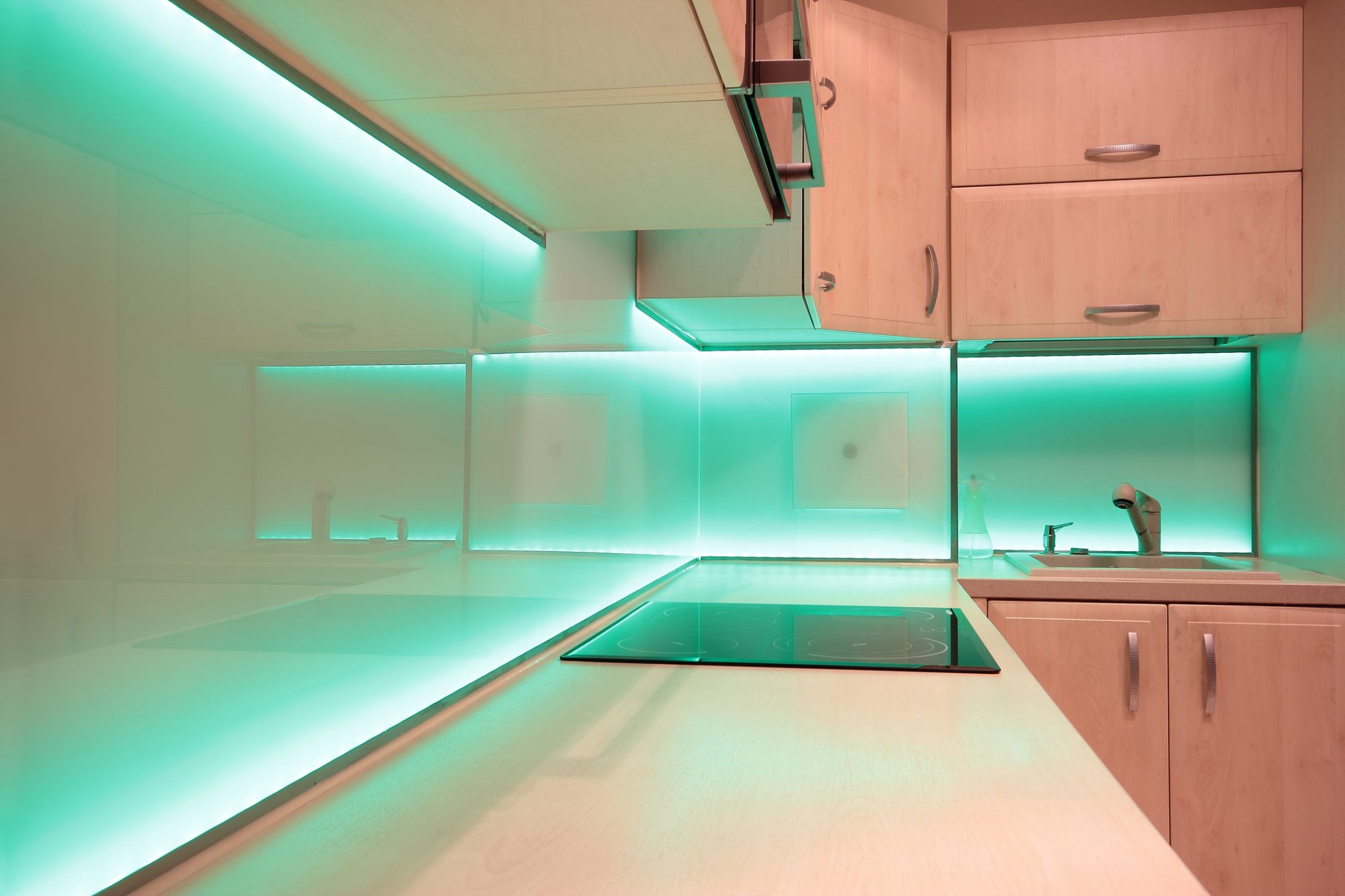Accelerating the transition to energy-efficient connected LED lighting could help households and businesses mitigate the energy crisis
Aiding the UK’s Race to Zero strategy towards decarbonising the nation, a switch to energy-efficient LED lighting could eliminate 3.9 million tonnes of CO2 emissions in the professional market, and save a total of 3.8 billion Euros annually.
Energy-efficient LED lighting can also help the average British household save up to £250 per year, as well as help the millions of households who were pushed into fuel poverty due to the change price cap in April 2022.
With energy prices and global carbon emissions reaching all-time highs, businesses need to take quick action to tackle climate change – one way is by challenging our current energy outputs such as our lighting.
LED lighting as the new standard of ‘general lighting’
Switching to LED lighting in the professional lighting market could reduce CO2 emissions by 3.9 million tonnes in the UK&I region, which is the same amount of CO2 that 175 million trees could sequester in a year. Making the switch would also save 16.1 TWh of electricity, according to Signify.
After phasing out the incandescent light bulb worldwide, efforts to transition to energy-efficient connected LED lighting as the new standard of ‘general lighting’ have been conducted by the energy company Signify.
This shift aims to help meet the goals of the UK’s ten-point plan and other commitments that nations have made around the world in line with the Paris Agreement to reduce emissions and install greener energy.
54% of businesses will struggle with energy bills too, so the energy crisis is not solely the responsibility or burden of families and households alone.
Thus, business leaders in the United Kingdom and Ireland (UK&I) region should focus on making changes that deliver results quickly and impact both the professional and consumer lighting markets.
Lighting takes up about 11% of the average UK household electricity consumption
Nicholas Howarth, Senior Analyst at the International Energy Agency said: “The world is facing the most significant energy crisis in recent history and energy efficiency is a solution to many of its most urgent challenges.
“Highlighting its importance, in June at the IEA Global Conference on Energy Efficiency, 27 governments from around the world issued the Sønderburg Action Plan calling for energy efficiency and demand side action to play a much greater role in protecting households, businesses and the economy from high energy prices. This is vital for addressing the energy crisis, rising inflation and greenhouse gas emissions.
“Stronger policy packages covering regulations, information and incentives will play a key role in accelerating energy efficiency and related measures. This includes the deployment of smart, efficient lighting, upgrading homes with better insulation, improving the fuel efficiency of cars, as well fostering investment in new industrial machinery.
“Efficient lighting is a proven technology to reduce electricity demand, fast. This will also help create extra electricity capacity needed for electric heat pumps and vehicles which put upwards pressure on power demand Climate Group, an international non-profit working with businesses and governments around the world to drive climate action, also aligns with Signify’s ambition.”











